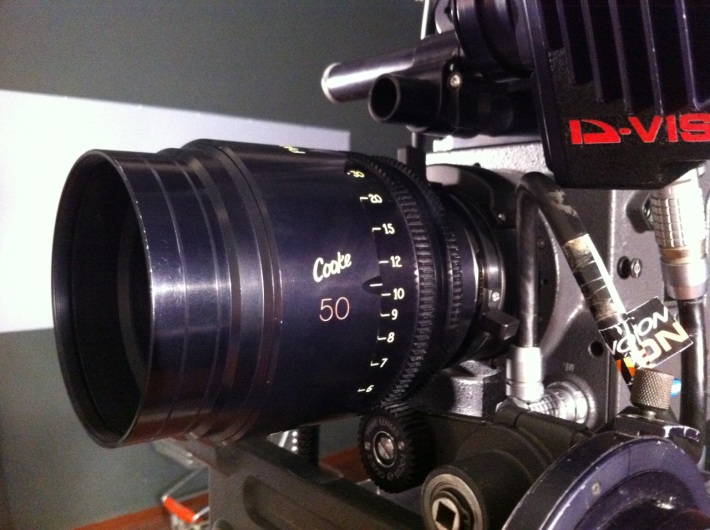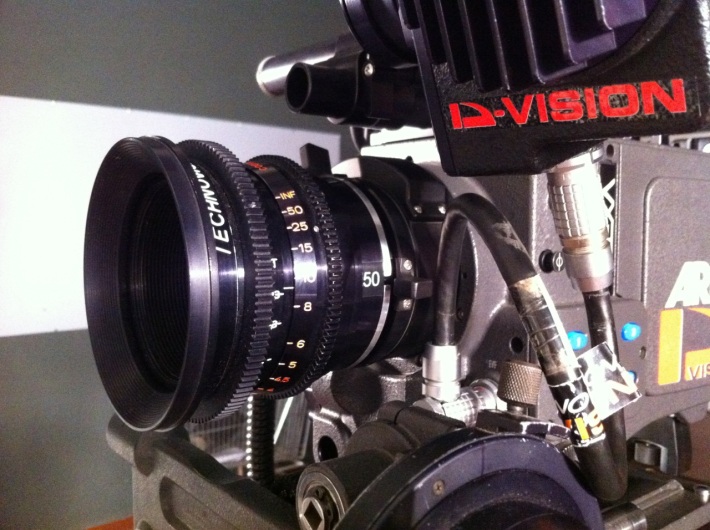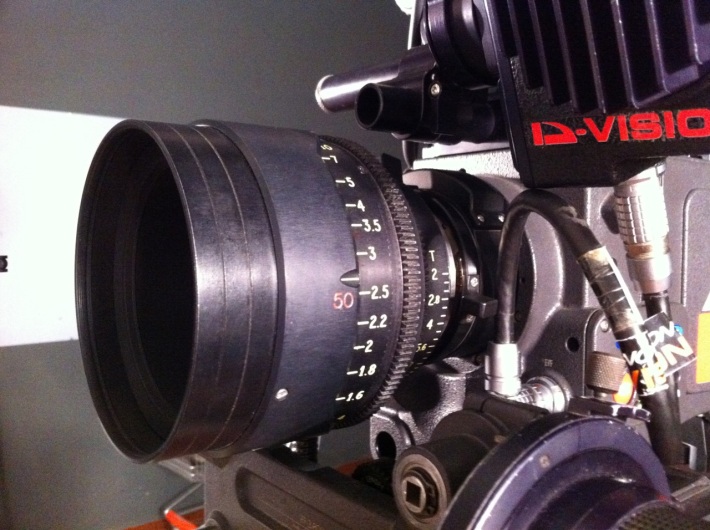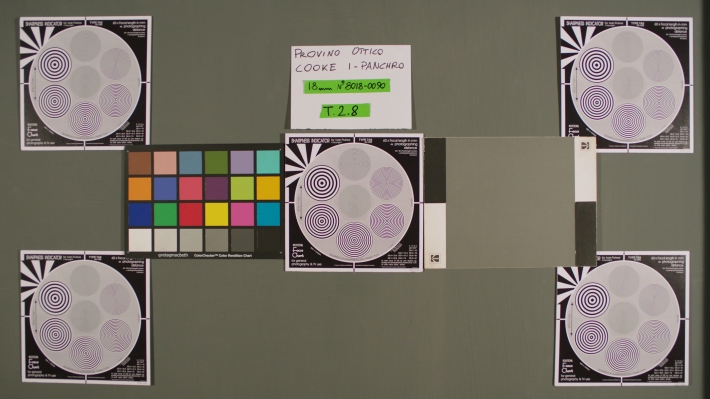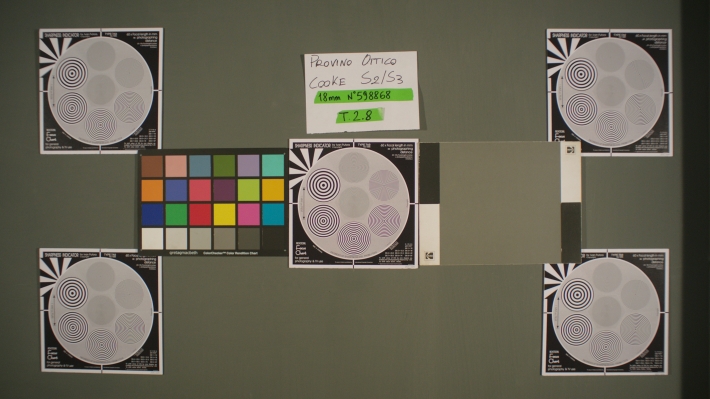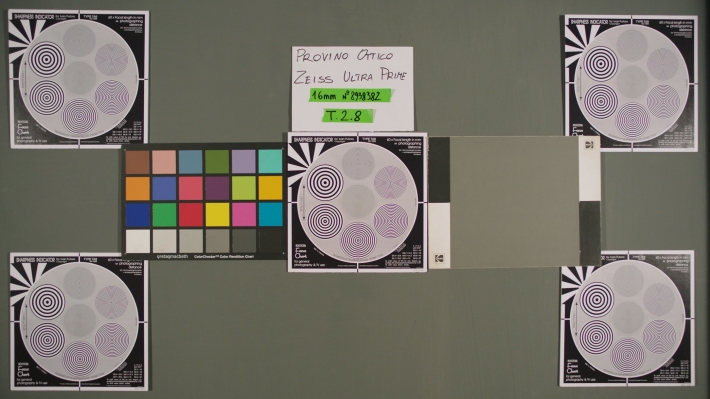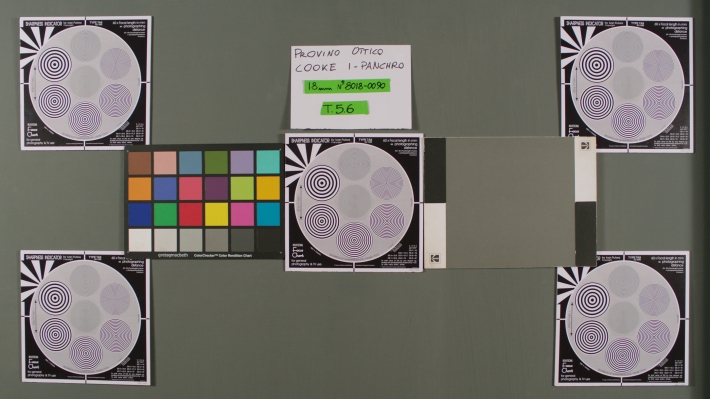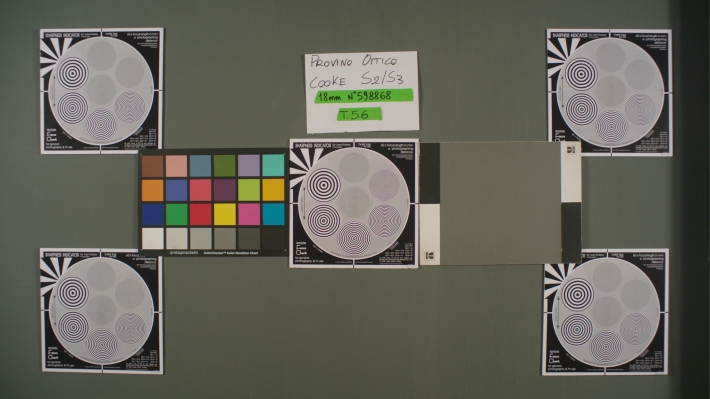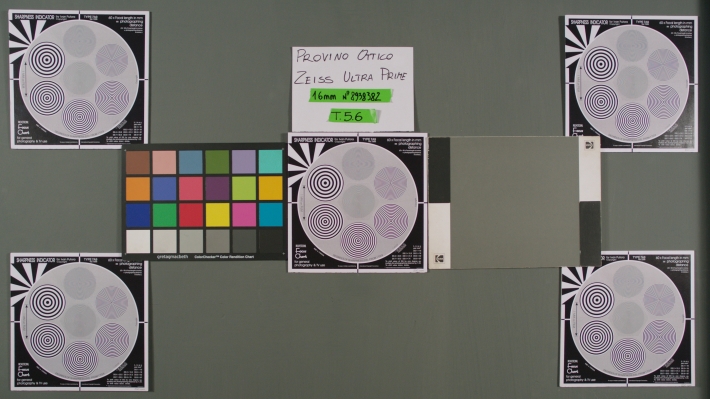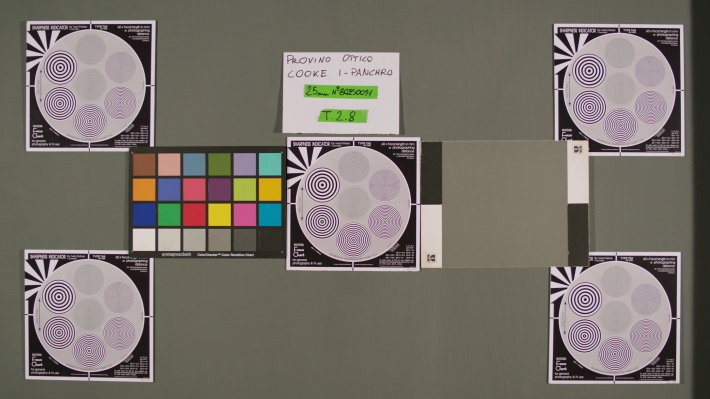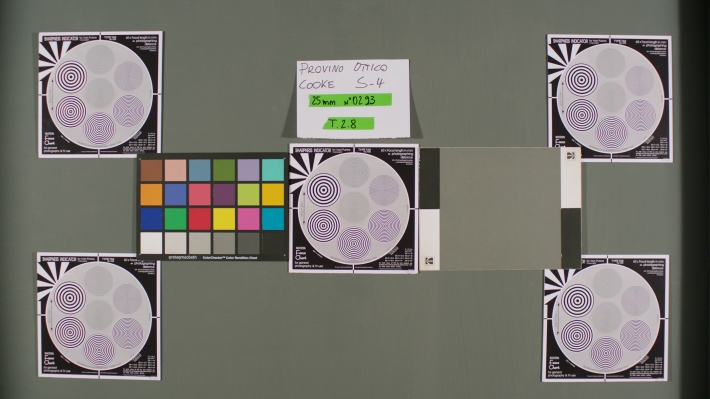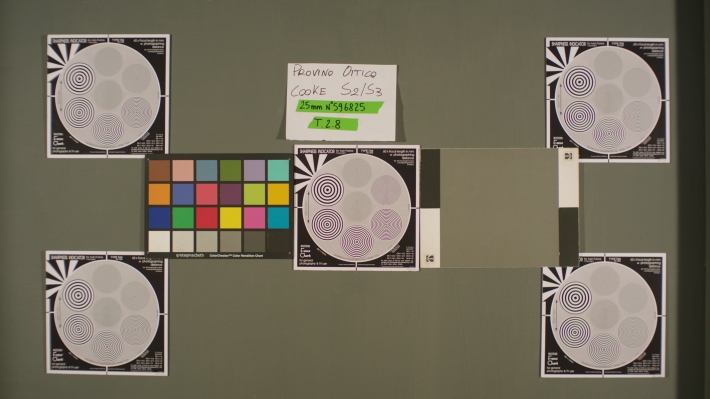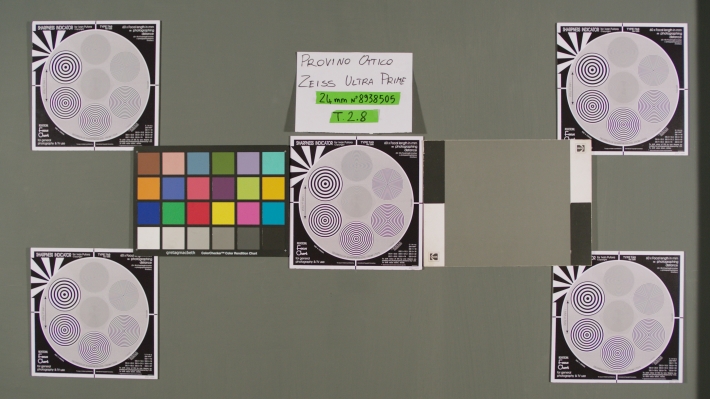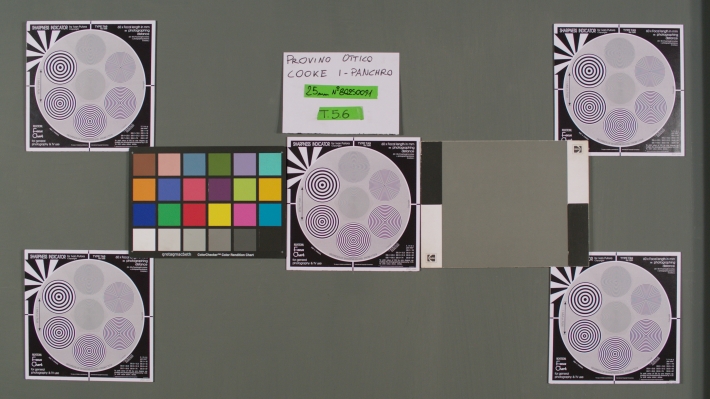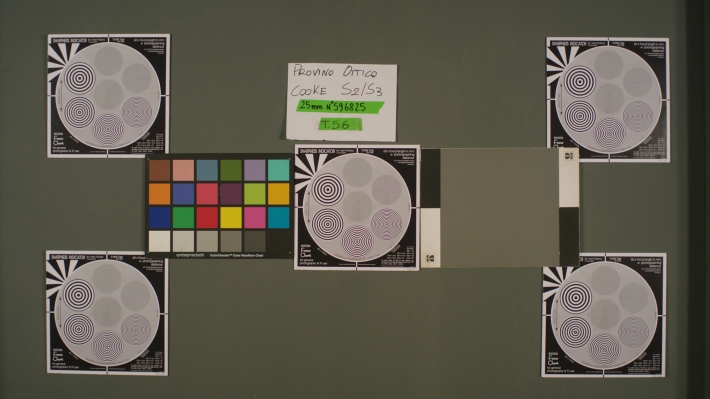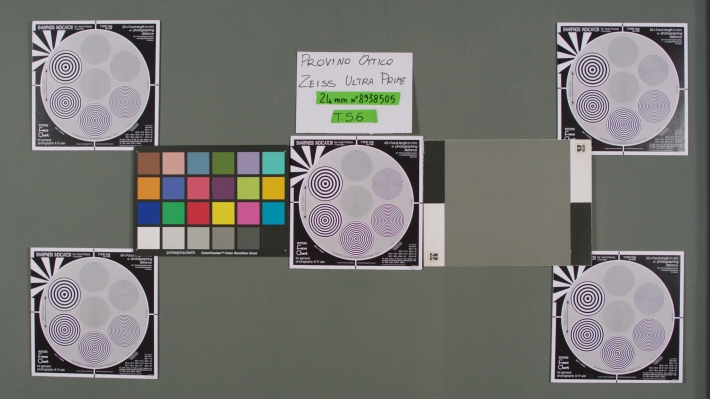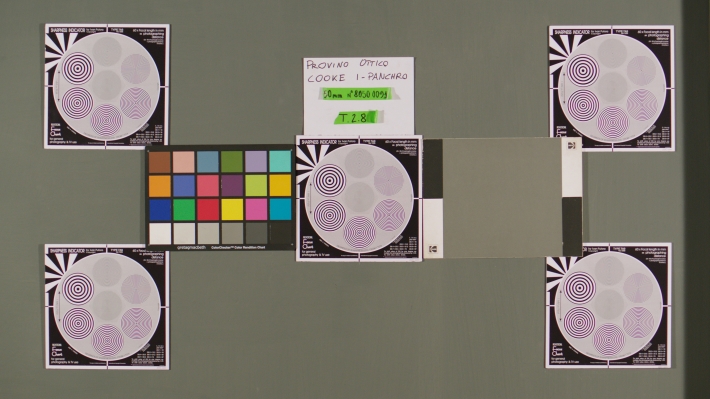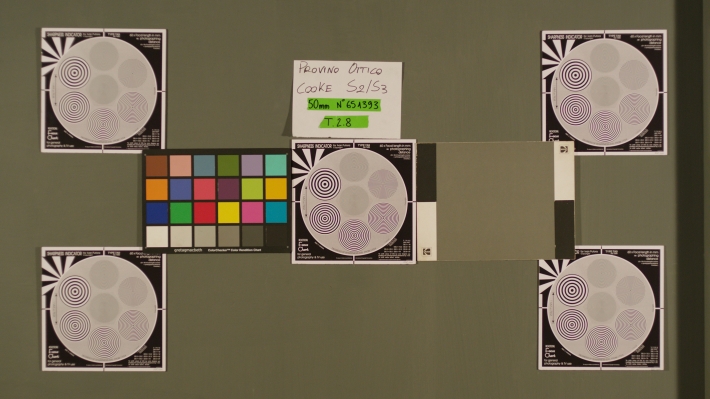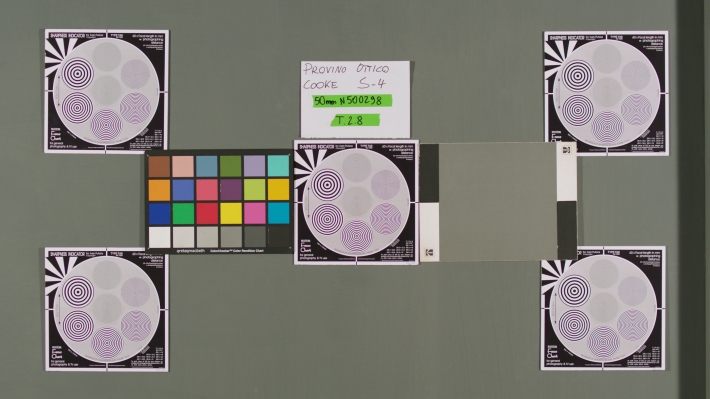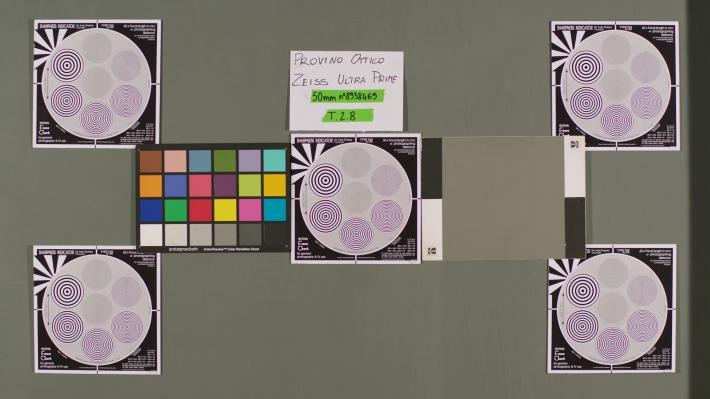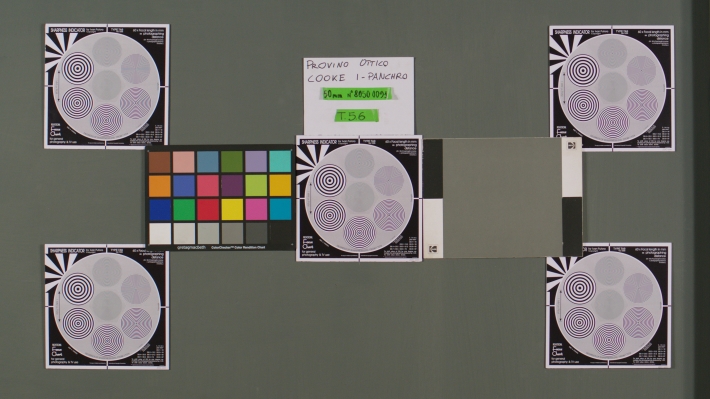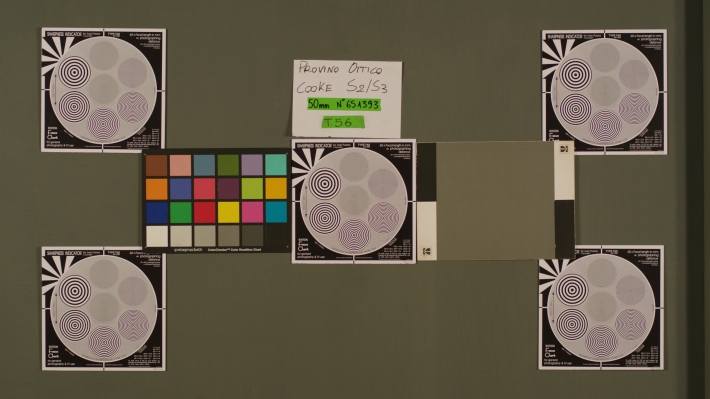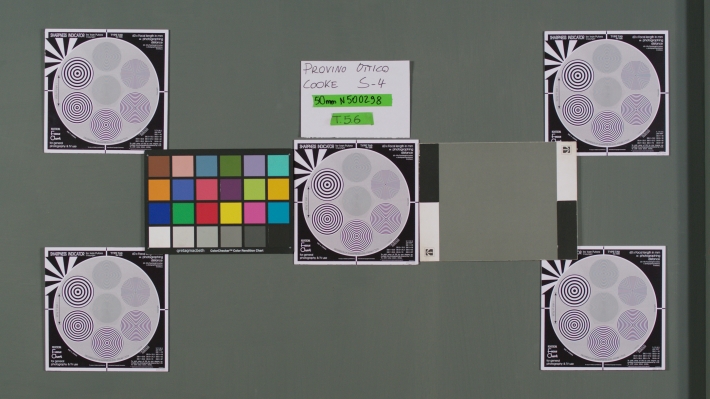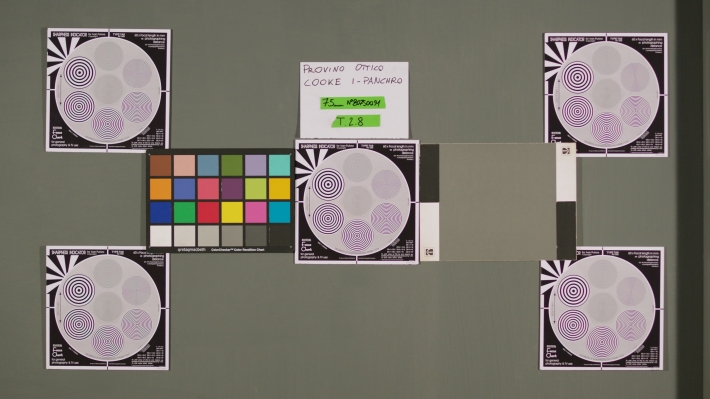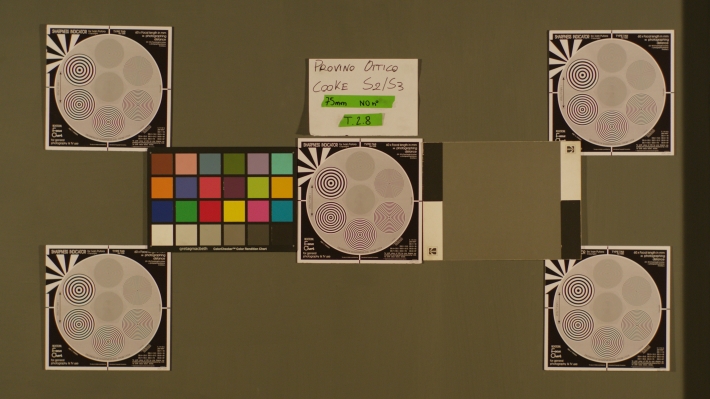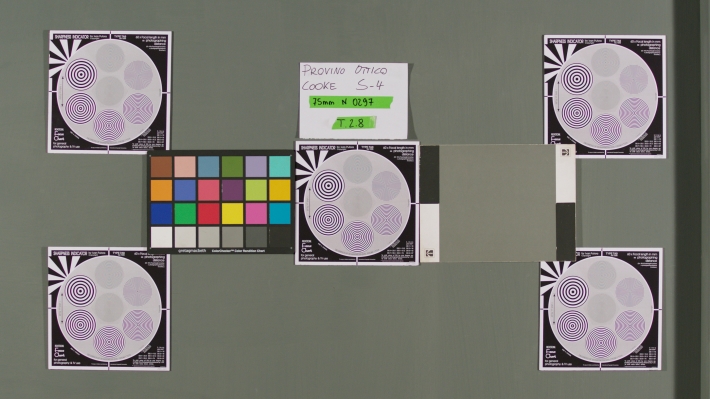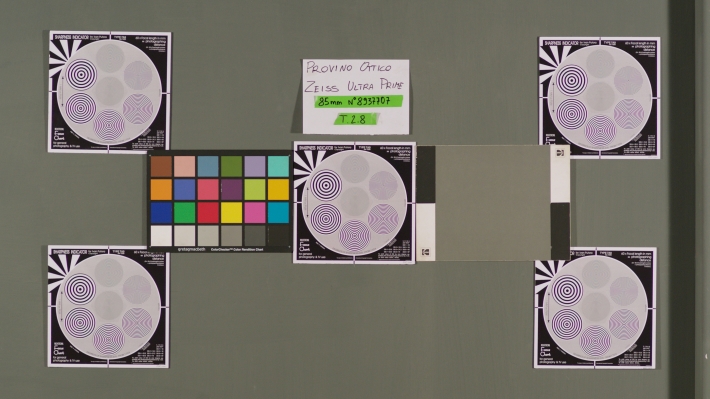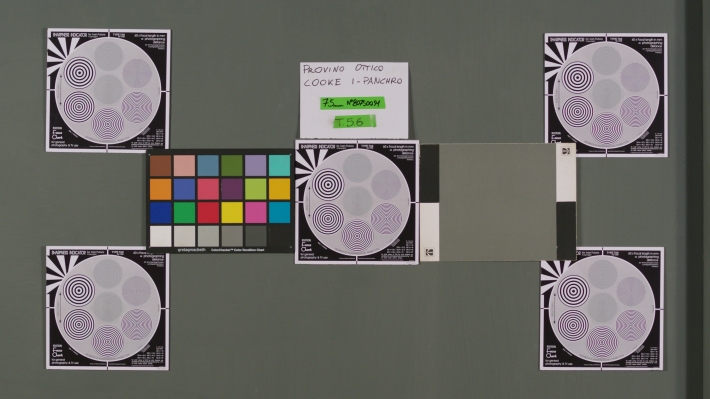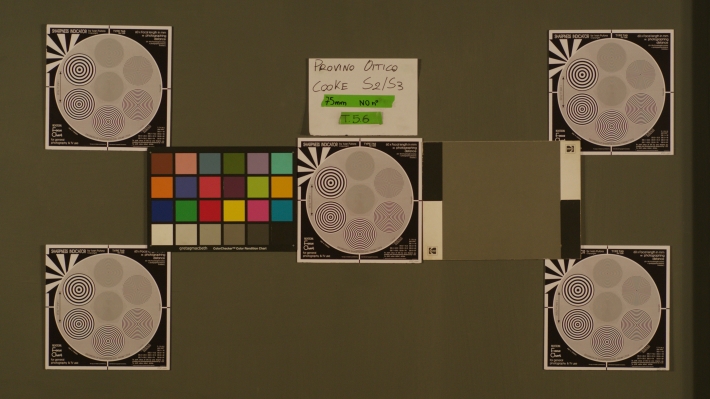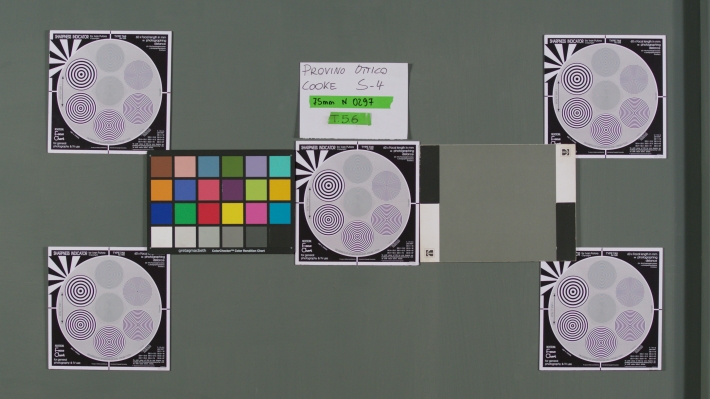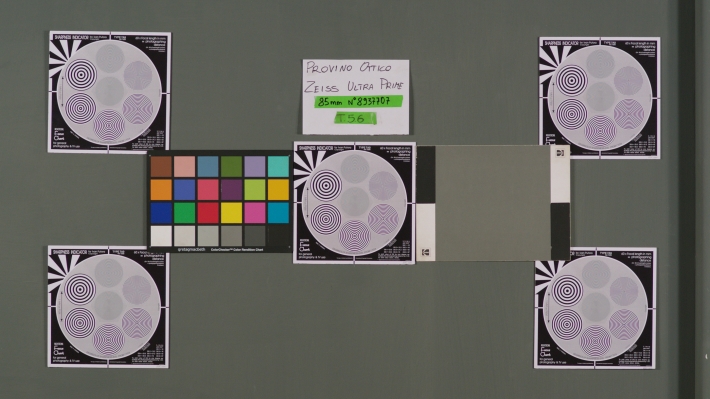Note: This blog entry has been copied/stolen and posted on another site (by someone that allegedly offers VFX and matte paintings) without requesting proper permission.
While I encourage sharing information, I believe other people’s work should be respected. I would have had no problem granting permission to re-post my blog entry have they asked to do so.
I was surprised to see this kind of behavior from someone stating to have “over 20 years in the business”. If he has been around that long, he should know better.
I’ve kindly requested the administrator of that site to take down their copied entry altogether. So far I’ve received no replies and the blog entry remains posted (7/2014).
A few days ago we were invited to test a set of Cooke Panchro lenses at Technovision/D-Vision in Rome.
This is the newer version of the “Panchro” series, not to be mistaken with the old “Speed Panchro’s”.
(Note: shortly ago Cooke decided to change the name of this series to Mini S4).
We were glad to accept and decided to perform a quick test setting them against the Cooke S4’s and the vintage Speed Panchro’s which were the ones to render the famous “Cooke look”.
(From top to bottom: Cooke Panchro, Technovision rehoused Cooke Speed Panchro, Cooke S4).
The Cooke Panchro series was not complete , the set we’ve tested consisted of the following lenses: 18/25/50/75/100mm.
The Cooke Speed Panchro (S2/S3) series was complete but we only used similar focal lengths: 18/25/50/75/100mm.
Managed to get a few Cooke S4’s just before shooting the test: 25/50/75mm in order to see how both series compared.
Finally got a set of Zeiss Ultra Primes (16/24/50/85) as an “external” reference.
Some focal lengths of this test were not covered with all lenses.
All tests shot with Arri Alexa ProRes and ArriRaw (with Convergent Design “Gemini”).
ProRes recorded in Rec 709 for a fast visualization. ArriRaw was then developed using Arri Raw Converter for better resolution analysis.
All frame grabs are 2880×1620, the full 3K resolution of the Alexa.
All lenses tested at T/2.8 and T/5.6 with tungsten lighting.
Used Putora, Kodak and Gretag Macbeth charts.
